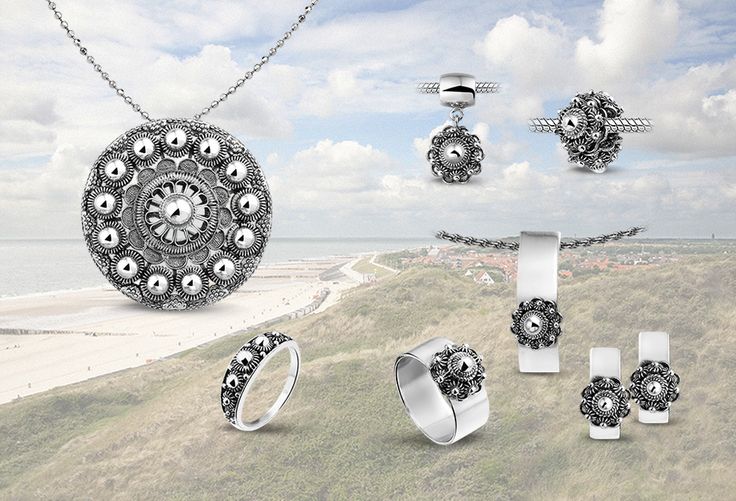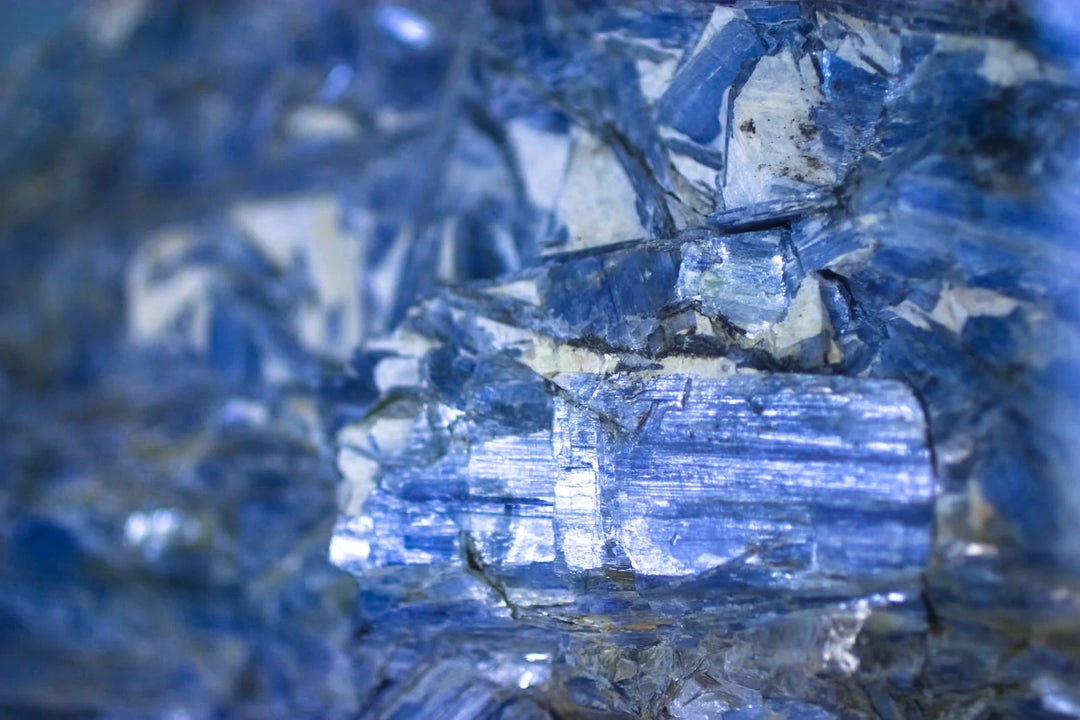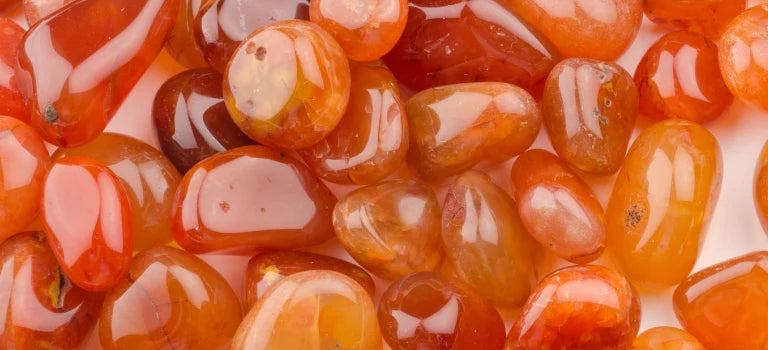Discover the Enchanted World of Peridot: Properties, Meaning and History
Peridot, with its beautiful olive green color, is a gemstone that has been admired for centuries for its unique beauty and symbolic meanings. Let's delve into the fascinating world of peridot, from its origins to its healing properties and cultural significance.
Peridot: Variations in Color and Origin
Peridot, also known as olivine, exhibits a range of green shades, ranging from a light lime color to a deeper, almost emerald shade. Originally, peridot was often confused with emerald, but its distinctive green character makes it a unique gemstone. This beautiful stone is formed in volcanoes, deep beneath the earth's surface. However, on its journey upwards, peridot can lose its gemstone quality and distinctive luster, making it important to maintain its beauty through regular cleansing and charging.
The Value of Peridot
The value of peridot is determined by several factors, including the color, clarity, size and purity of the stone. In general, peridot is relatively affordable compared to other gemstones such as diamonds or sapphires. The price of peridot can vary depending on the size and quality of the stone, with larger, brighter and deeper shades generally being valued more highly. Despite its affordability, peridot is still valued for its unique beauty and symbolic meaning, making it a popular choice for jewelry and collections around the world.
Meaning and Symbolism of Peridot
Peridot symbolizes inner growth, validity, self-confidence and natural tranquility. Due to its intense olive green color, peridot is often associated with the sun, which radiates a feeling of strength and vitality. This gemstone is also considered a stone of protection against negative energies and nightmares, and it is also said to be beneficial for conditions such as asthma and fever. Wearing peridot can increase intuition and promote deeper meditation, while wearing it close to the head, such as in earrings, can lead to faster reactions and clear thinking.
Historical and Cultural Significance
Peridot has played a prominent role in various cultures and traditions throughout history. Pirates considered peridot an amulet against evil and believed that when combined with gold it provided protection during the night. In addition, peridot was incorporated into cups for medicinal purposes, which were thought to enhance the potency of the medicines. Interestingly, some historians believe that Cleopatra's famous emerald collection was actually peridots, showing how highly prized this gemstone was throughout history.
Peridot a Sparkling Addition to Your Jewelry Collection
Peridot, with its sparkling olive green color and intriguing history, offers not only a beautiful addition to jewelry, but also a unique way to connect with the natural beauty of the earth. Whether worn as a symbol of protection against negative energies or as a charming accessory to brighten up any outfit, peridot remains a gemstone that is both visually and spiritually appealing. With its affordability and versatility, peridot is a perfect choice for lovers of unique and meaningful jewelry, and a true treasure to cherish.
Conclusion
Peridot, with its beautiful color and profound symbolism, remains an intriguing and beloved gemstone in the world of jewelry and gemstones. From its origins in volcanoes to its healing properties and cultural significance, peridot continues to fascinate and inspire people around the world. As a symbol of strength, protection and inner growth, peridot remains a timeless favorite that has stood the test of time.
















Leave a comment